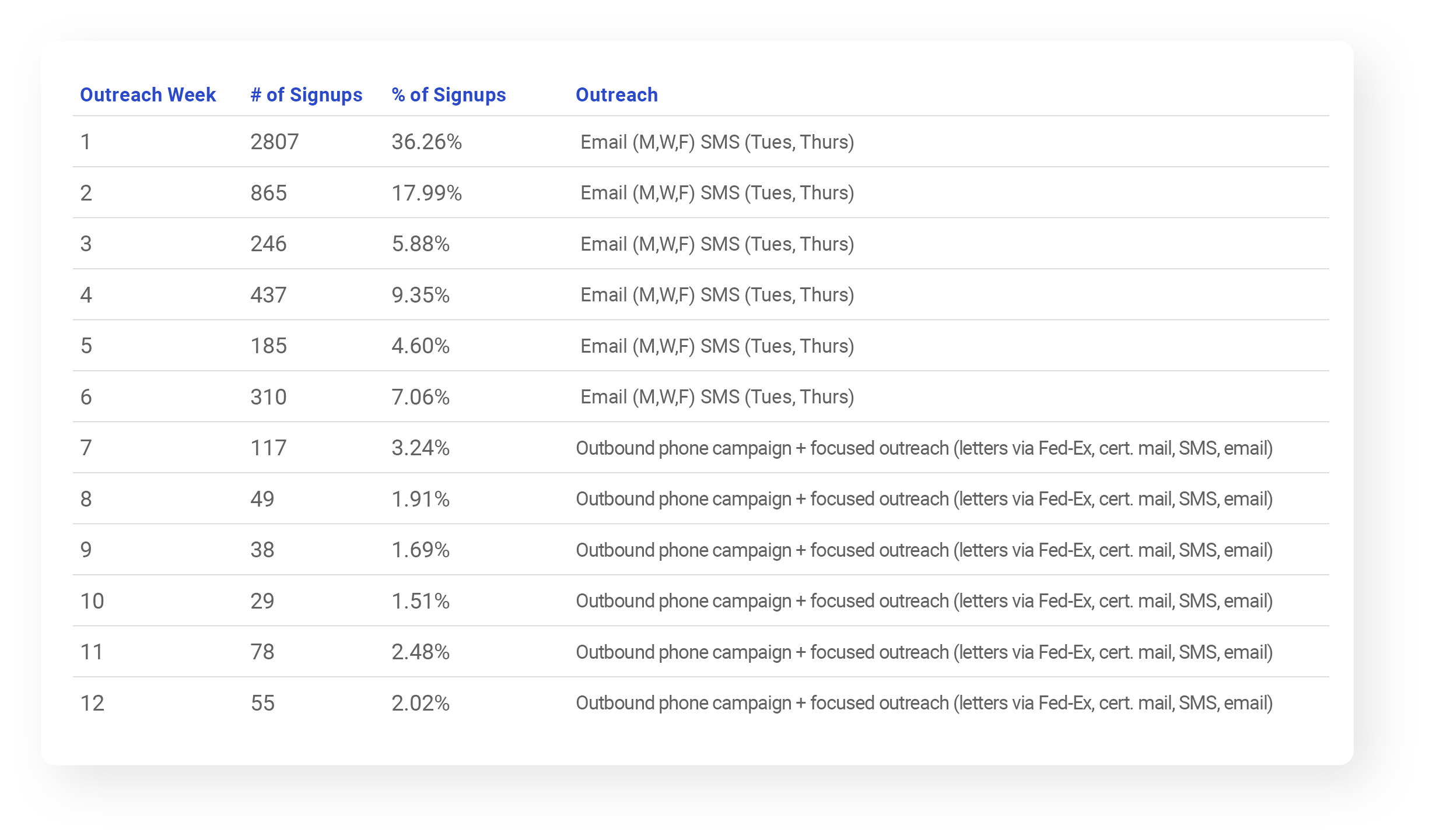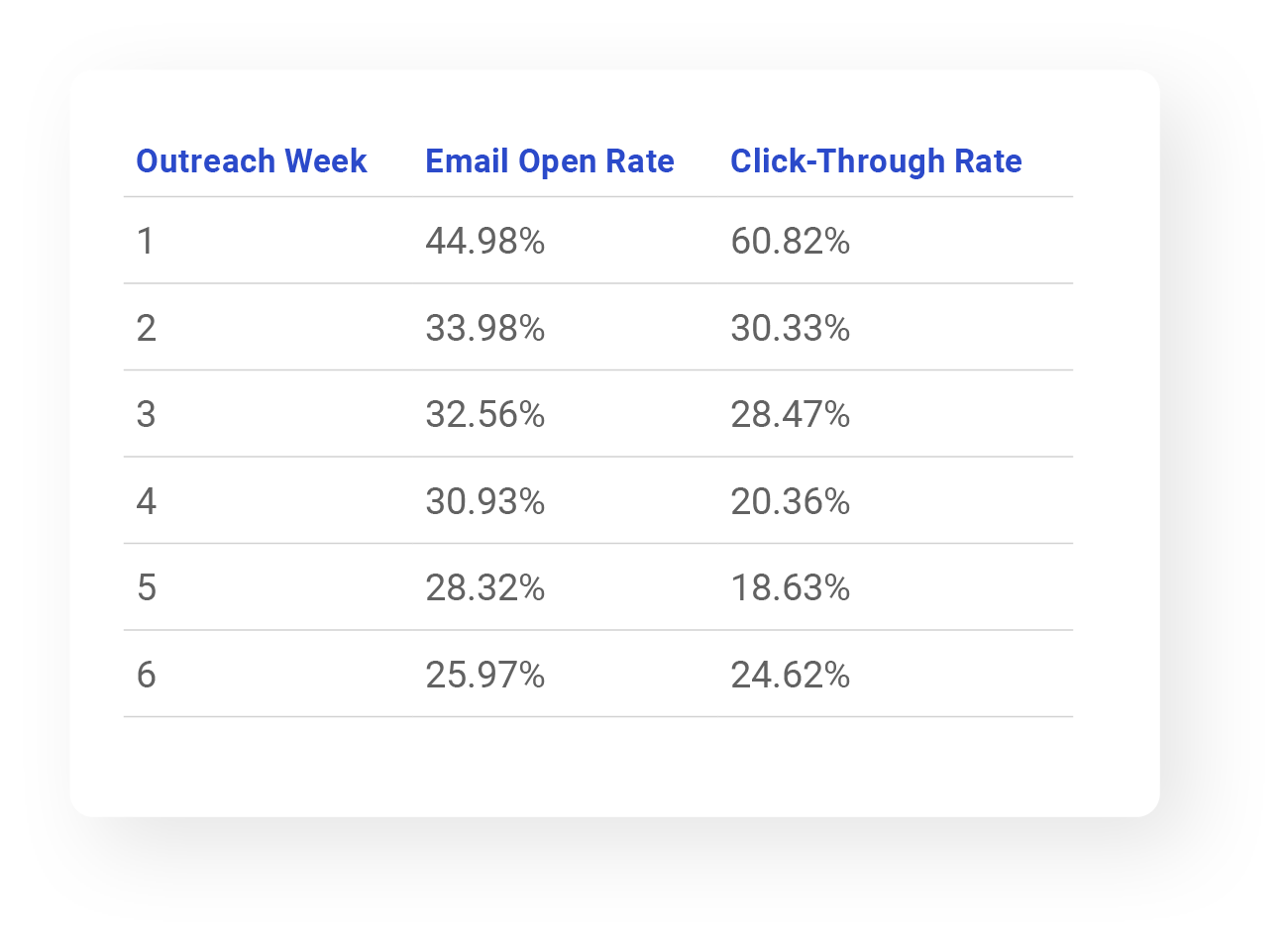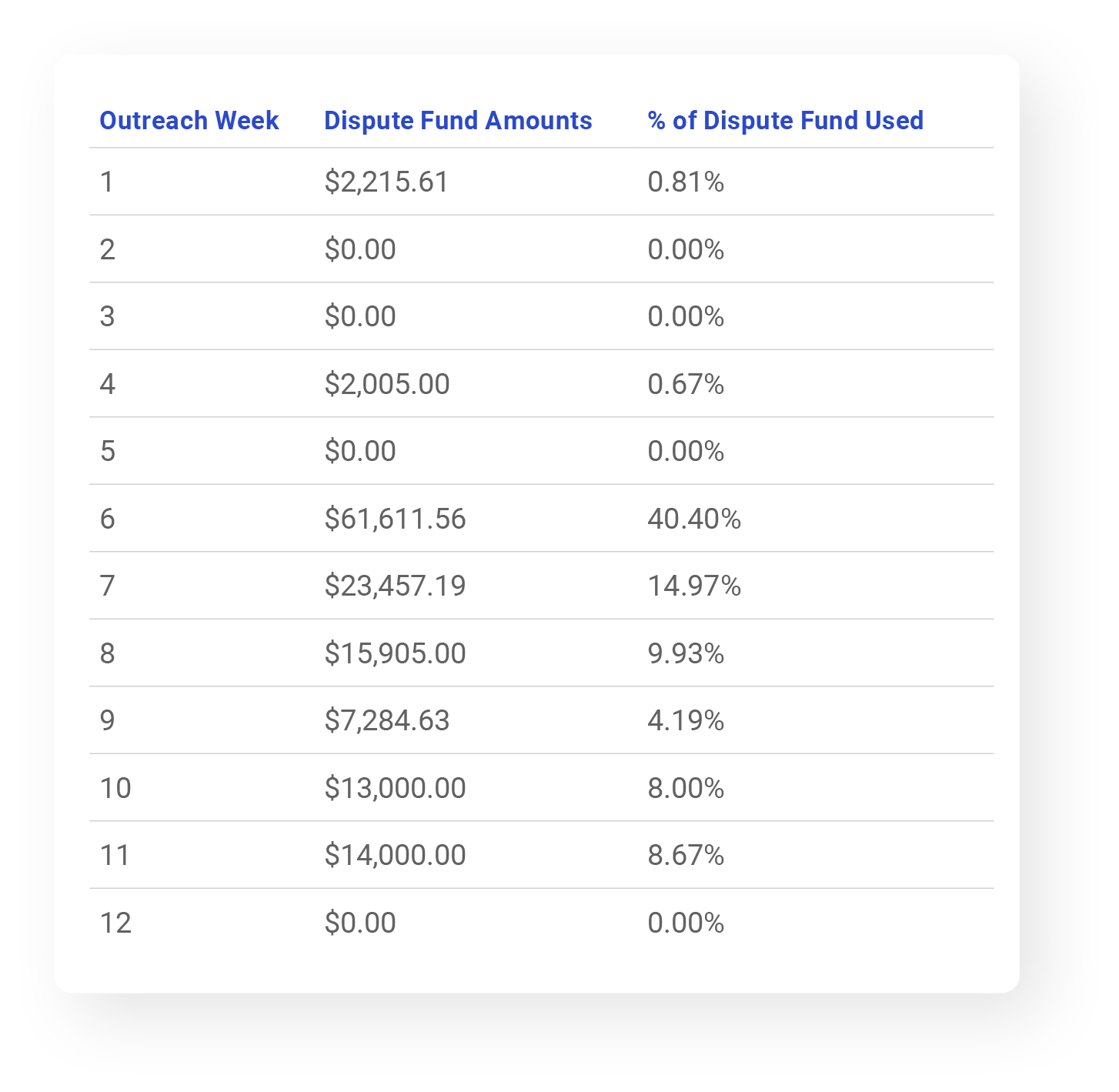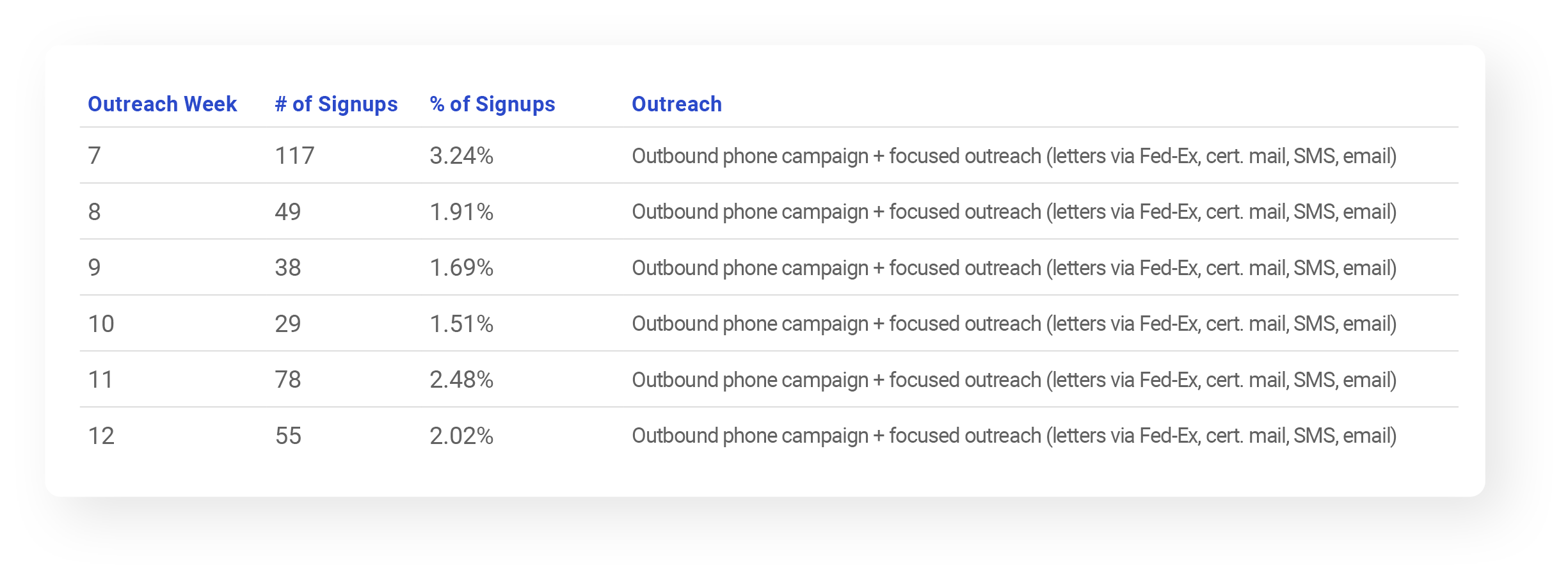
The Rising Tide of Mass Arbitration
Over the last decade, there has been a proliferation of arbitration clauses put in place by businesses in an attempt to remove the ability of individuals to conduct class action litigation. The unintended effect of widespread adoption of arbitration clauses has contributed to the recent tide of mass arbitration cases where thousands of plaintiffs—often consumers, employees, or independent contractors—bring arbitration demands against a company at the same time. [1] This can impose significant upfront costs for companies due to the fees that mandatory arbitration providers charge. The threat of a mass arbitration action often results in a confidential settlement agreement to avoid the cost of defense.
As mass arbitration continues to be an effective tool for achieving settlements, firms should be prepared to manage the operational nuances of mass arbitration settlements. In the following white paper, we share best practices for maximizing results for mass arbitration outreach using our experience managing some of the largest mass arbitration matters in the industry. The figures provided in this paper are meant for illustrative purposes only and are based on Simpluris’ recent case experience.
Infrastructure for Supporting Mass Arbitration Action
Counsel needs to secure the necessary infrastructure and processes for client intake, data management, outreach, payment, and tax reporting. Because mass arbitration settlements rely on gathering large numbers of clients positioned to file for arbitration, there can be significant upfront costs to advertise and sign-up thousands of individual clients. Often, counsel needs to build a custom website for client intake and data management, as well as document distribution. Additionally, they may need to set up a call center to answer client questions or assist with outreach efforts.
Planning Client Outreach
Once a settlement is reached, the parties, usually under advice from a specialized administrator, should develop a comprehensive outreach plan to maximize efficiency in obtaining signed releases. This can be a significant area of challenge for mass arbitration matters. Confidential settlement agreements often stipulate a signed release threshold, which can be as high as 90-95% for the plaintiff law firm to achieve. To achieve the highest results, a response period of 180 days is sufficient to contact every client frequently enough to achieve the signed release threshold and manage any disputes.
- Tip: Because of the persistent communication required for achieving signed releases, consider including a 2-week break in the plan to provide clients a break from outreach communications. This time can also be used to identify bad emails/phone numbers and to conduct reverse lookups to find alternative contact information prior to the next round of outreach.
Despite the initial interest of clients to file for arbitration, getting them to sign the release is another challenge. A common misconception is that direct notice via mail is the most effective means for obtaining a release. Although this has historically been true for many class action settlements, the response rates from direct mail in mass arbitration settlements are not consistent with those in class actions. Outreach campaigns are most effective when they leverage multiple communication channels with a strong emphasis on repetition until the release is signed. Outreach needs to be frequent early on and should prioritize digital outreach first to keep costs low.
As you can see from Figure A below, a combination of email and SMS communication typically achieves the highest results within the first 4-6 weeks. Alternating communication channels with clients such as sending emails Monday, Wednesday, Friday, and SMS text messages Tuesday and Thursday can be highly effective in ensuring your message reaches clients at the right time and results in signed releases.

Figure A
Figure A-2 shows the weekly breakdown of email outreach performance by week. Clients who signed releases or have bounced emails were removed from receiving additional outreach.

Figure A-2
With outreach obtaining the most signed releases in the first 4-6 weeks, continued outreach tends to see diminished responses over time. As you can see in Figure A-2, engagement with email communications represented by the click-through rate drops 59.5% from week 1 compared to week 6. Once this trend starts, a change in outreach strategy is required. This is when the two-week break can be used. This allows time to enhance client data to prepare for the next phase of outreach. For unresponsive clients, counsel should attempt to get additional or updated contact information through skip tracing. Skip tracing services can often find alternative email addresses or phone numbers for clients who may have recently changed their information. You can see from Figure B how changing the communication channel for outreach during the second half of a campaign can continue to produce results as shown on week 7.
We’ve found that contacting clients 1:1 at this stage is much more effective compared to continued mass communication. Contact centers can conduct personalized phone outreach and resolve any disputes with clients. It’s most efficient for this outreach to prioritize clients with the highest payouts to exhaust the settlement fund and simultaneously maximize revenue for the firm. Because 1:1 communication often results in questions and additional concerns, a FAQ document should be provided to call center agents to prepare them for handling most client objections.
Tip: Phone scripts should be used to ensure consistency and outcomes.
Special Considerations
Every additional step a client must take increases the friction of obtaining a signed release. With today’s technology, many processes can be streamlined to improve the client experience. For example, it’s common for settlement websites to be configured to process releases and manage client data. These websites require a secure login process, but often force users to navigate through multiple pages and steps. These additional manufactured steps can impact the number of signed releases as clients choose to abandon the process once it becomes too burdensome.
E-Signature Technology
E-sign links can be embedded in emails and SMS text messages to simplify the release process. Typically, the personalized e-sign link can be clicked and signed and can automatically send all parties copies of the signed releases in real-time—providing a highly efficient client experience.
Dispute Resolution Fund
While most clients are happy with the settlement payout others will dispute the initial payout for their signing of the release. Firms should plan to set aside 5-6% of the settlement fund for dispute resolution negotiations. While some clients will want more money to sign, a max payout can be determined beforehand, which can typically range from $500-$1,000.
As you can see from Figure C, most of the dispute resolution funds are used during the last half of the outreach campaign. This amount can be increased as the response deadline approaches.

Figure C
Figure C shows 40% of the dispute fund was used on week 6, which resulted in almost three times more signups than the prior week.
- Tip: Save time by establishing pre-approve dispute payouts. If dispute resolution payouts are not predetermined, administrators must go back to the firm for each dispute, which can cause additional delays, costs, and client irritation.
Partnering for Success
While mass arbitration continues to be an effective tool, firms need to have the necessary infrastructure and resources in place to support every aspect of a mass arbitration matter from client intake to achieving the signed release threshold. Firms should consider partnering with a third party to help ensure a seamless and efficient process for client intake, outreach, processing releases, managing funds, and tax reporting. By improving efficiency at each stage in the process, firms can reduce overhead costs for supporting mass arbitration matters while maximizing revenue on each project.
Simpluris has worked on some of the largest mass arbitration projects in the industry, which has led us to hone our processes and achieve superior results for complex mass arbitration matters of all sizes. If you have a mass arbitration matter, give us a call for a free consultation.



